Inside The Glenrothes, Speyside’s Reclusive Source of Distinctive Ultra-Aged Whiskies
A rare look into this Scottish hub of tradition and creativity

Take a drive north out of Dufftown on Scotland’s A941 as it hugs the banks of the River Fiddich (and later the River Spey) and there’s no mistaking where you are. The Speyside region is home to the highest concentration of whisky distilleries in Scotland, and from the road you’ll see some of the most storied names in Scotch whisky—Glenfiddich, The Balvenie, The Macallan, John Dewar & Sons—announce themselves, their rows of warehouses and pagoda-roofed distilleries marking their presence (helped along by branded signage indicating where the tour buses should park).
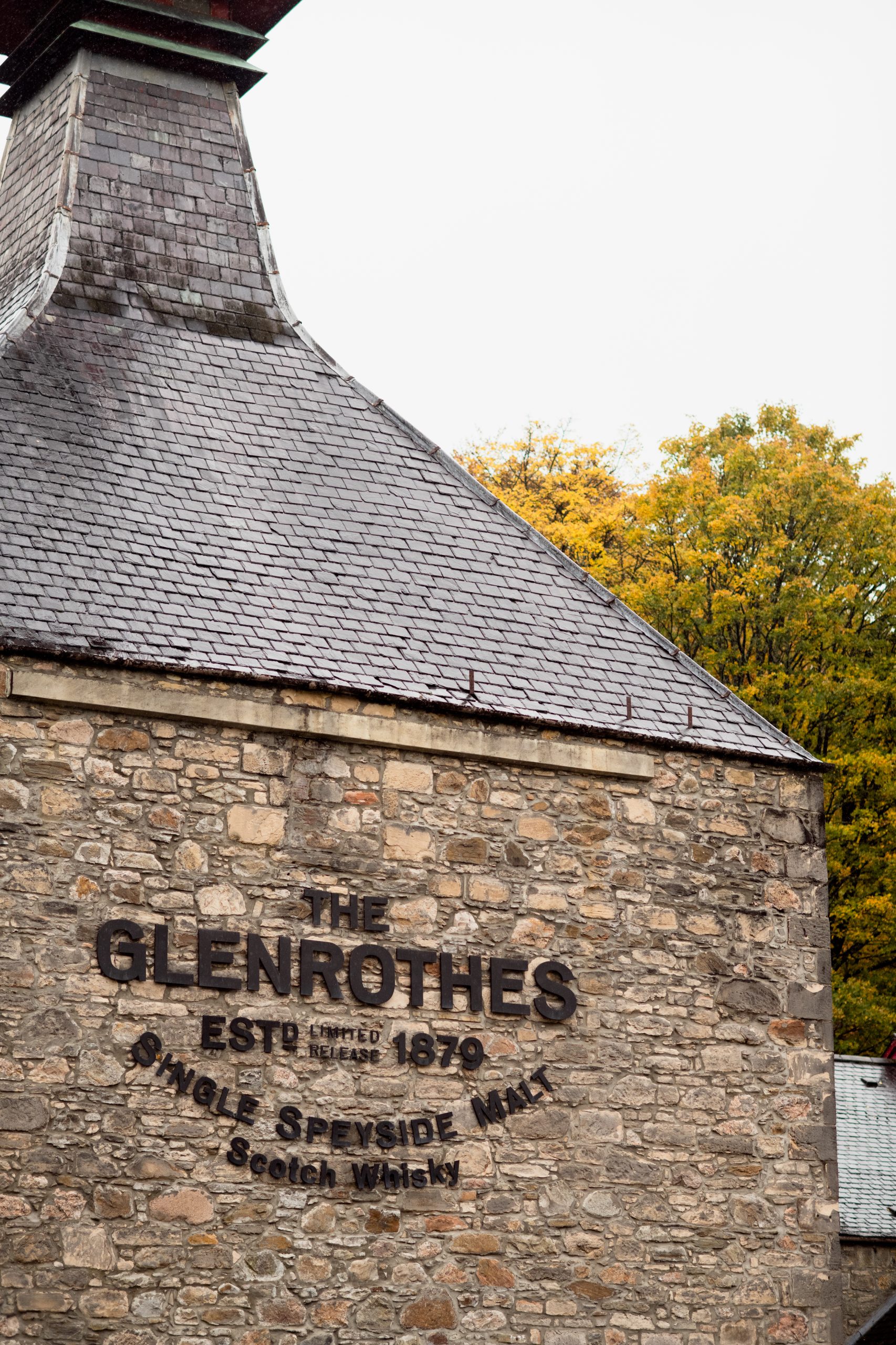
Continue up to the sleepy town of Rothes where the Spey makes a bend toward the northeast, and you’ll find the Glen Spey, Glen Grant and Speyburn distilleries without even trying. But you won’t stumble across The Glenrothes unless you’re truly looking for it. Tucked in the trees at the foot of a hillside cemetery, the distillery provides no signage luring tourists in from the main road, because The Glenrothes offers no public tours. There’s no visitors center to accommodate travelers following the Malt Whisky Trail, and no gift shop through which they can exit.
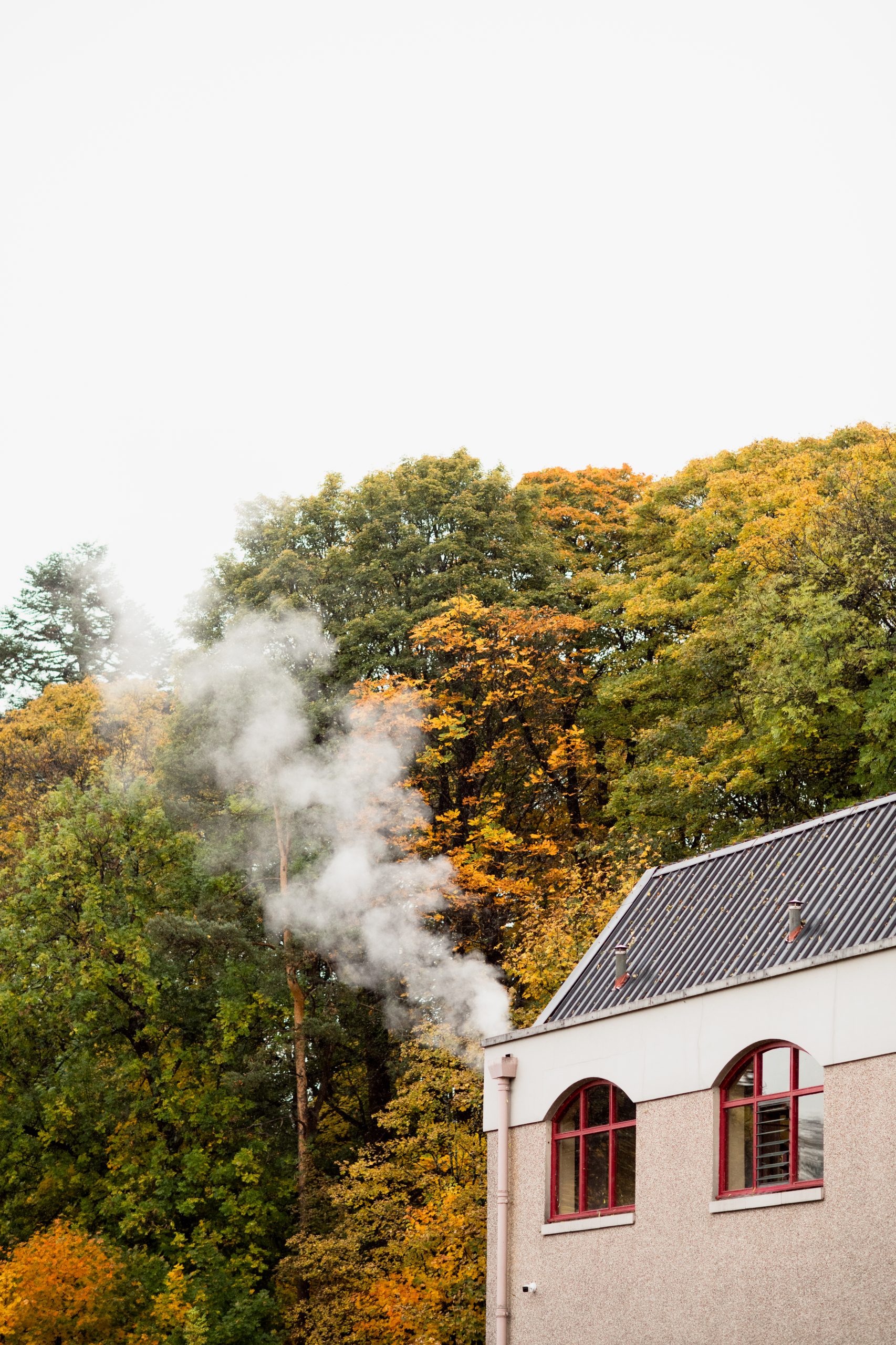
But while every Scotch whisky enthusiast may not know where to find it, those who appreciate Speyside’s lighter, fruitier style of whisky know The Glenrothes. Quietly and without flash or ceremony the distillery has consistently produced one of the region’s most delicate and distinctive liquids for well over a century. It rarely opens its doors to outsiders, preferring to let its products speak for themselves. Perhaps it’s out of respect for those resting in the graveyard mere steps from the distillery door—the distillery’s founder, James Stuart, is interred here—but The Glenrothes brand prefers soft-spoken subtlety to splashy product activations and Disney-esque “experiences.”
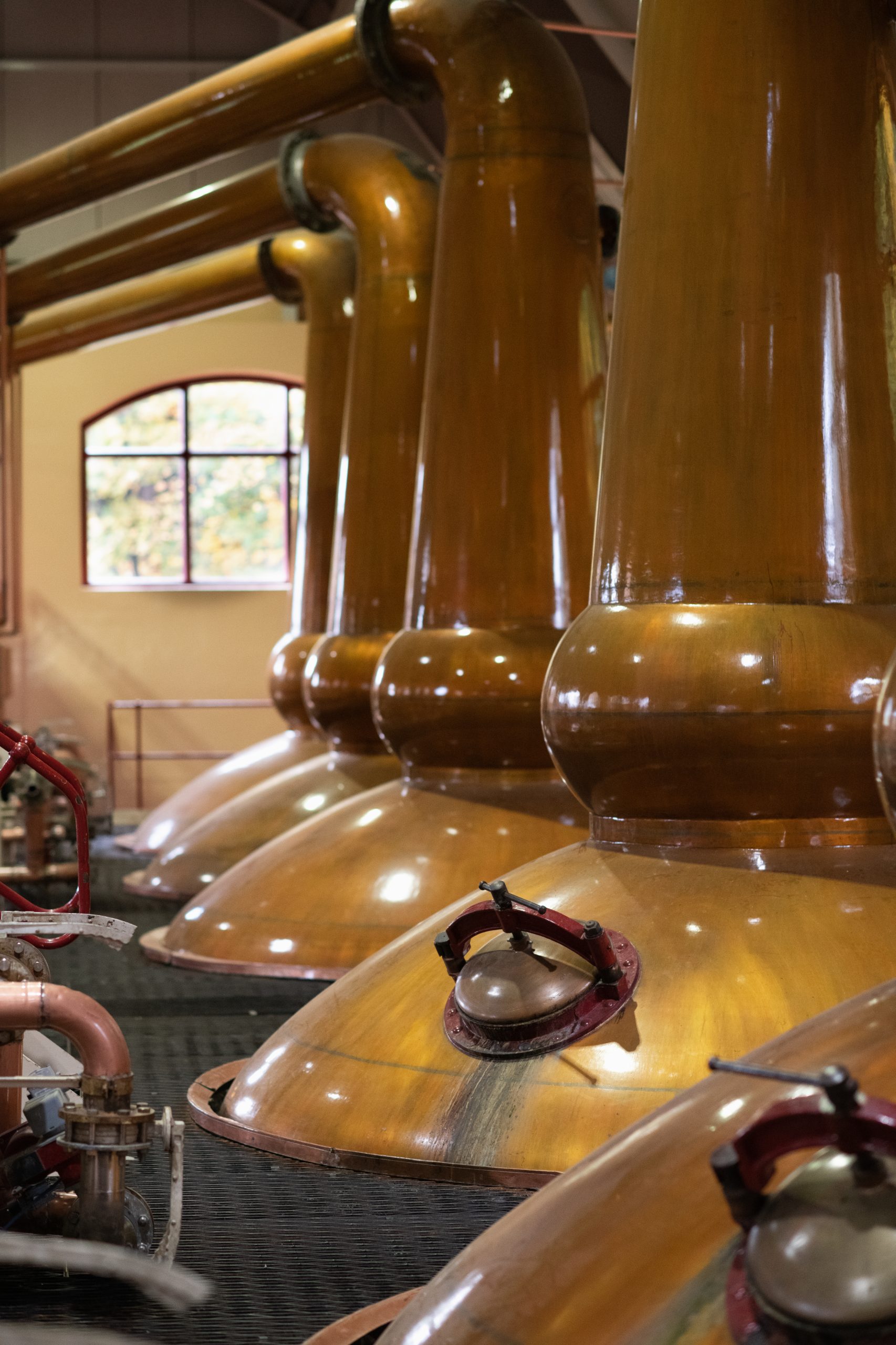
Behind the closed doors are some of Speyside’s taller copper stills, key enablers of The Glenrothes signature featherlight, fruit-forward spirit. “They create lots of opportunity for contact [between the distillate and the copper necks of the stills], which removes the heavier, sulfur-y flavor compounds and allows lots of reflux back into the still as well,” says The Glenrothes Master Whisky Maker, Laura Rampling.
Coupled with a longer-than-average distillation, those tall stills and their elongated necks strip out a lot of the weightier flavor compounds that would muddy The Glenrothes precise flavor profile, allowing only the lightest compounds to make it into the final product. The goal, Rampling says, is a distillate presenting pure fruit and none of the malt or cereal notes that characterize many other Speyside whiskies. “What we’re looking for is fruity and light,” Rampling says. “Not any cereals creeping in there or anything else. And it’s really important that we get it right, all the time, because if it doesn’t start properly it’s not going to mature the right way.”
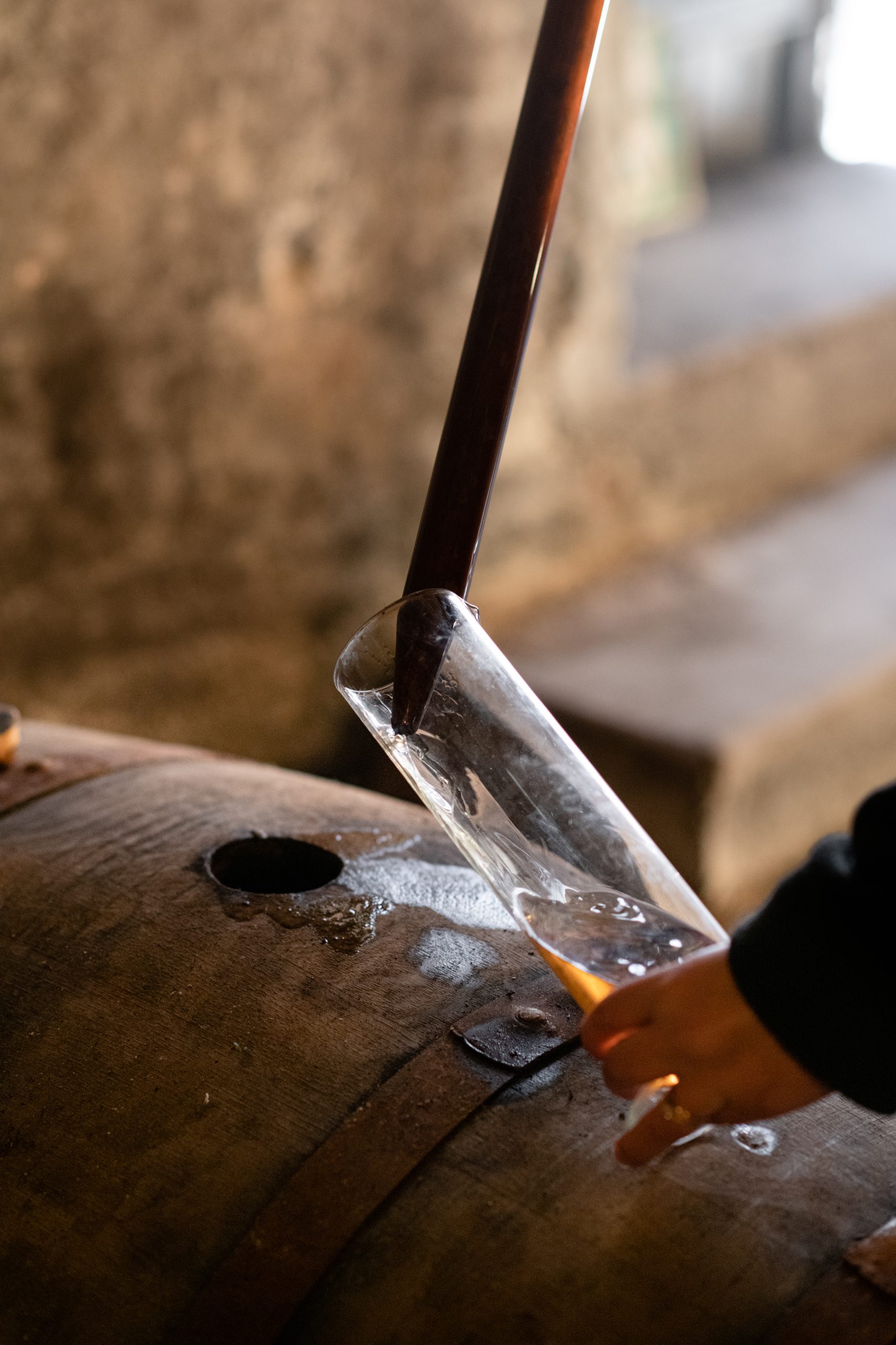
Maturing such a light and delicate spirit without overpowering it with oak presents a separate challenge, and to meet it The Glenrothes maintains a highly-selective cask program including both American and European oak barrels. Coopers working on-site maintain existing barrels, and The Glenrothes commissions casks to spec from a bodega in Spain to maintain a steady supply of sherry-seasoned oak. Over time that’s left The Glenrothes with a sizable collection of refill casks—that is, casks that have already held whisky for a period of time, softening the oak influence they impart—that grants Rampling and her team wide latitude when laying down whiskies for longer periods of time.
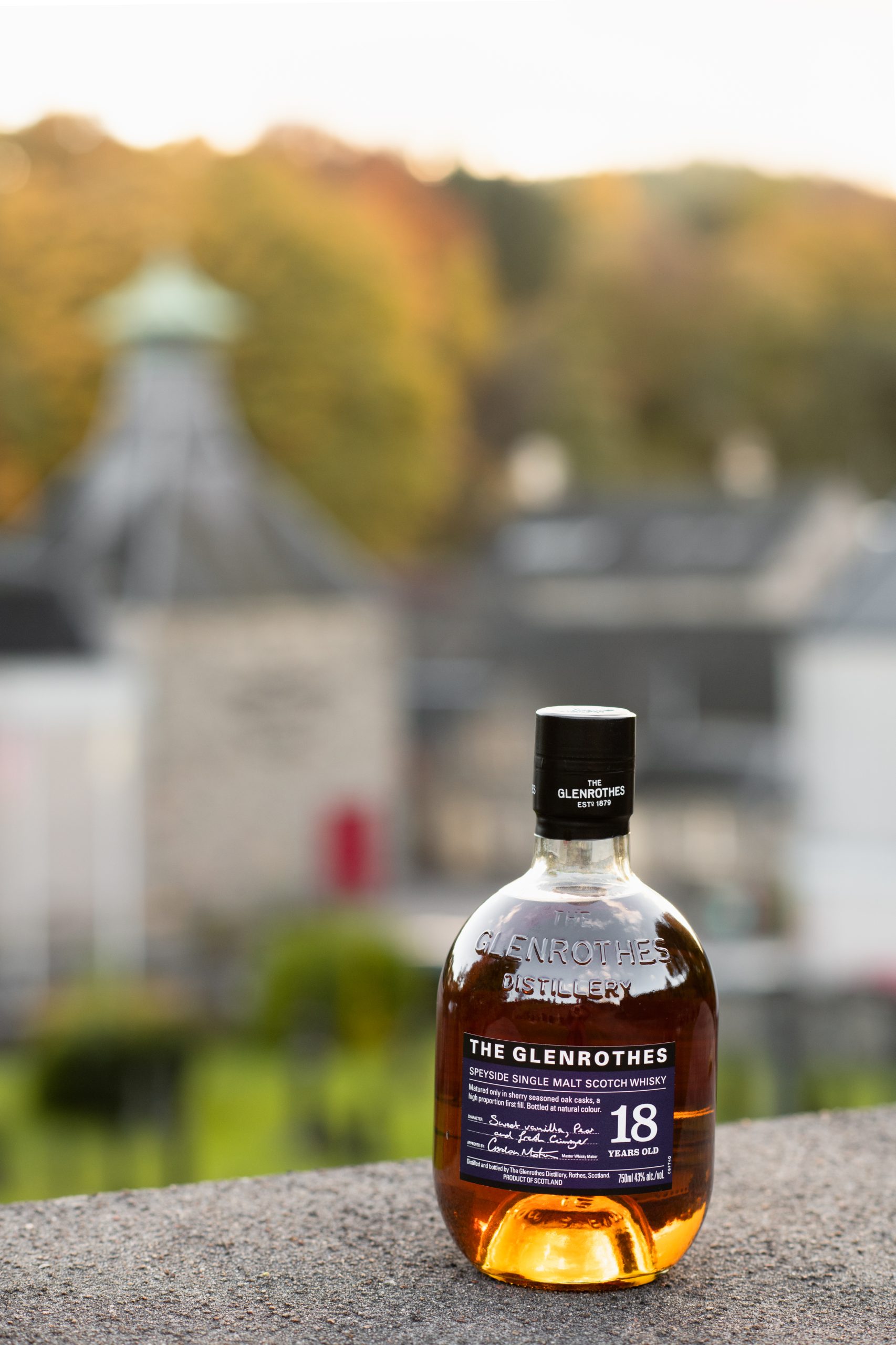
The Glenrothes core range fits a fairly standard age statement paradigm, offering a classically Speyside 12-year-old, a more complex, 100% sherry-matured (and it shows) 18-year-old, and a sumptuous 25-year-old that manages to elegantly merge fresh notes of coriander and tropical fruit with the more characteristically mature flavors like salted caramel and cedar. But Rampling’s team is increasingly focused on long-aged stocks that have been resting in The Glenrothes’ warehouses for decades.
“One really interesting thing about our spirit is that while it starts really light, it weathers age very well,” she says. “It’s quite delicate, and you might think it would get overwhelmed by the oak or overwhelmed by age and sort of fade, but it’s almost the reverse. It becomes very nicely structured and ages extremely well.”

The Glenrothes released a highly-limited 50-year-old in 2020 (just 50 bottles were available globally) and followed that up with a slightly more obtainable 42-year-old release last month (1,134 total bottles). And as it has shifted its focus to splashier age statements, The Glenrothes—long recognized for its distinctively bulbous bottle and understated labeling—has embraced a bit more stylistic flare as well, commissioning design agency Lewis Moberly to create a mesmerizing contour map to adorn its packaging, drawing inspiration from the terrain surrounding The Glenrothes estate and distillery in Rothes and presented in a lively color palette.
Those kinds of releases might make it more difficult for The Glenrothes to stay off the map, but the influence of long-aging on The Glenrothes unique spirit are too interesting not to share. Even Rampling is sometimes surprised to find how well The Glenrothes fragile spirit wears its age. “All that time and the chemical reactions that have taken place, the evaporation, that little bit of magic—all that helps develop all the flavors,” Rampling says, nosing a glass of her 42-year-old creation. “I personally find it remarkable how robust it stays given how delicate it is. It doesn’t lose any elegance, it lingers.”
Images courtesy of The Glenrothes












